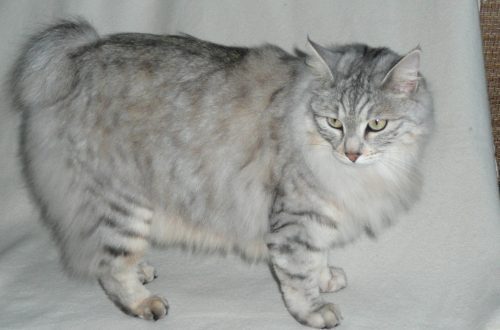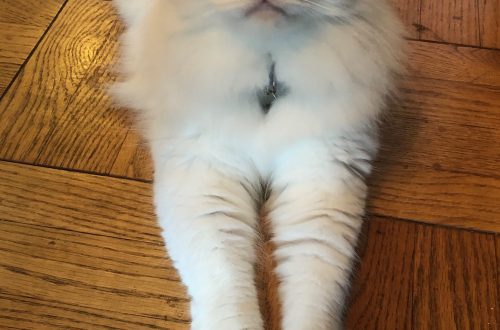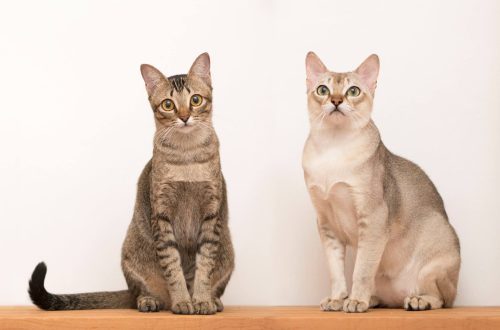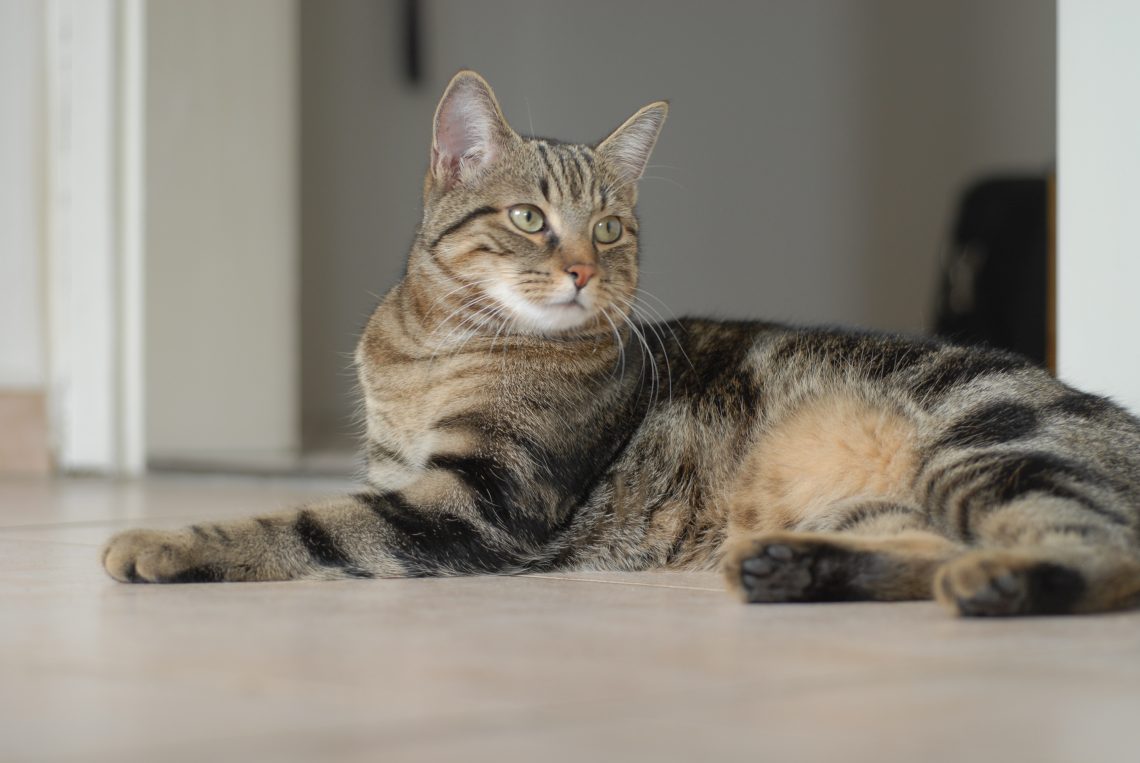
European Shorthair (Celtic)
Other names: Celtic , European cat
The European Shorthair cat is a rather simple-looking breed, but smart, very affectionate and quiet.
Contents
Characteristics of European Shorthair (Celtic)
| Country of origin | European countries |
| Wool type | Shorthair |
| Height | up to 32 cm |
| Weight | 4–8 kg |
| Age | up to 15 years |
Brief information
- Strong but compact;
- Excellent hunters;
- Playful, funny.
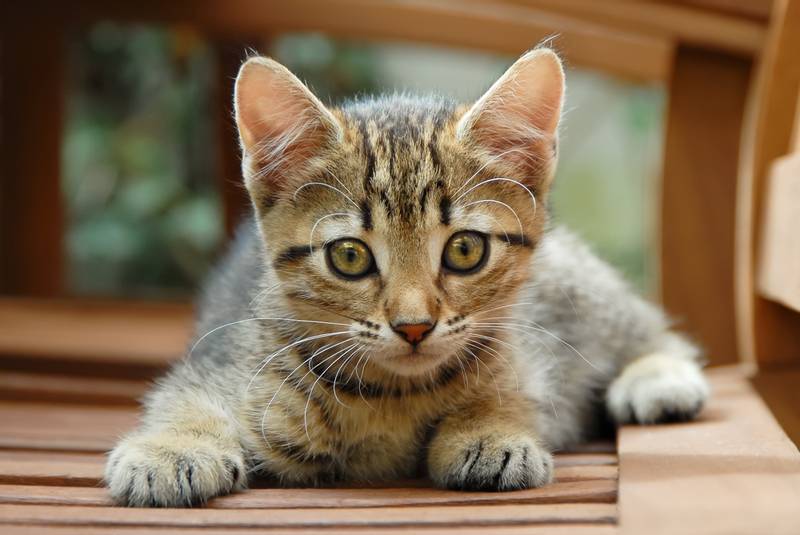
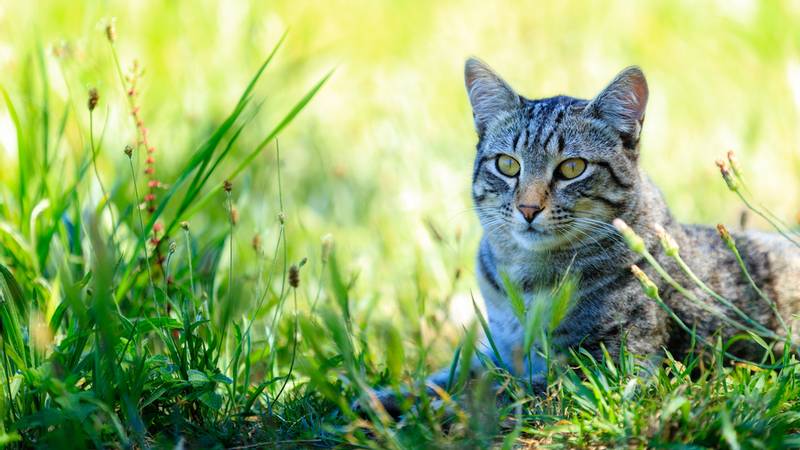
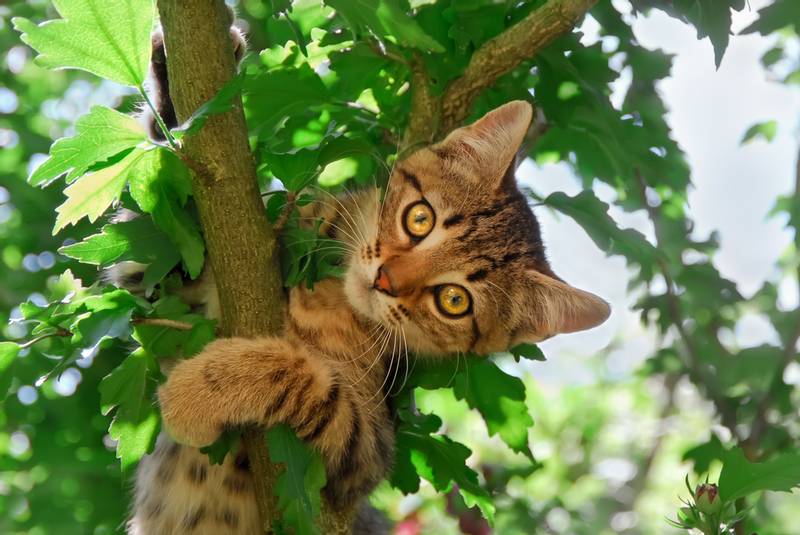
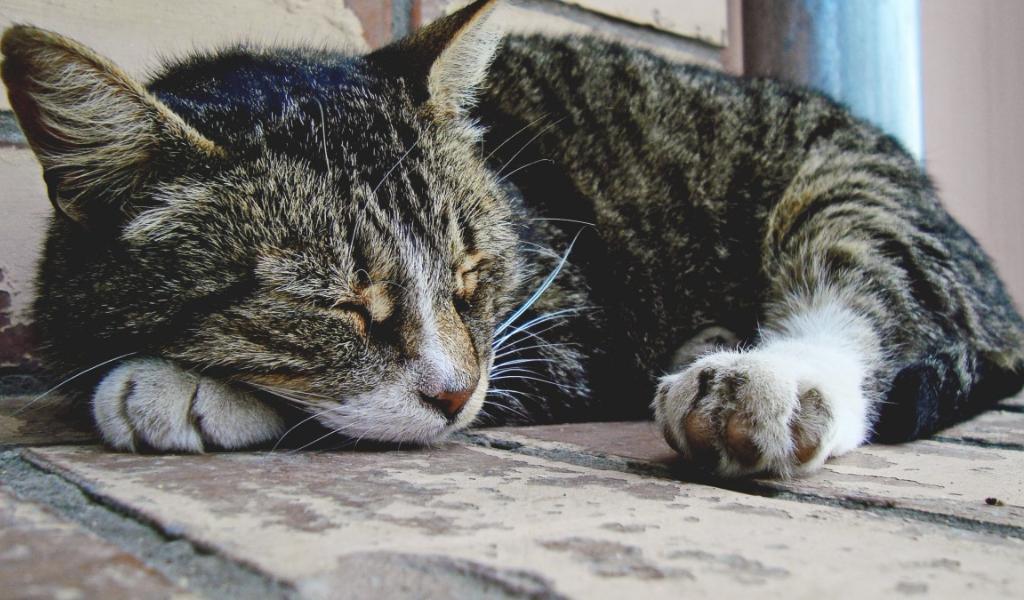
The European Shorthair cat is characterized by a typical feline character and absolute unpretentiousness in keeping. An amazing hunting nature, a special grace that shows through in every cat’s movement, the ease with which she moves attract attention and make her admire the beauty. It was this breed that became the first to settle in the house. Her ancestors very quickly got used to home habitation and easily submitted to man.
History
There is an opinion that the place of origin of the European shorthair (it is also called Celtic) is farms, peasant farms remote from other housing. Since the animals existed relatively solitary, their offspring also had a fairly pure color. In the process of breeding work, the goal was to breed cats of this breed with more perfect body shapes and improved color. There are various color options for European Shorthairs: white, blue, cream, red, tortoiseshell.
In many respects, the breed is similar to European domestic ones, as they developed without human intervention. A distinctive feature of the Celtic cat is that purebred individuals have exceptional hunting skills.
Breeding of the breed began in England and France, but the first to thoroughly improve Celtic cats were breeders from Scotland, Norway, and Denmark. The European Shorthair was officially declared a separate breed in 1982. This is how it was separated from the British Shorthair. Since the beginning of the XX century. serious breeding work was carried out in European countries. It was necessary that the European breed collected all the natural features characteristic of cats living next to people in northern European cities or villages. It turns out that the breed, although with a long history, is young at the same time.
Appearance
- Colour: All types except lilac, color point, chocolate, fawn and cinnamon.
- Eyes: rounded, set wide and slightly at an angle, the color corresponds to the color.
- Ears: Set wide apart, slightly rounded, may have tassels.
- Tail: Medium length, wide at the base, tapering towards the tip.
- Coat: dense, dense, short, shiny, harsh, close to the body.
Behavioral features
Of course, each cat is different to some extent and has its own character. But there are still common features among representatives of the same breed. As a rule, European Shorthairs are bright, very affectionate and quiet cats. Quickly adapt to new conditions, unpretentious. Almost immediately they become attached to the owner and love him very much, devoted to him.
But it happens that among the quiet ones there are energetic fidgets who love to play and play pranks. They are quite unpredictable. People who appreciate the natural instincts of cats will be comfortable and not bored with them.
Quite delicate, not intrusive. Only something serious can bring them out of themselves – like a real threat to life. Very, very inquisitive.
They do not consider a person to be a master, he is rather a neighbor, a partner for them. They do not show their feelings, they are extremely restrained.
European Shorthair (Celtic) Care
European cats do not require careful care. The short hair of pets should be wiped with a damp hand or towel once a week, and during the molting period, the hair that has fallen out should be combed out with a massage comb. If the pet does not participate in exhibitions, there is no need to bathe it.
Conditions of detention
The European Shorthair cat is a family pet that will be happy living in an apartment. But life in a private house will suit him perfectly. It is important to remember that these cats do not like a change of scenery, they get a little lost and behave wary in a new place. Therefore, they do not tolerate moving and traveling very well. However, much depends on the nature and temperament of a particular pet.
Health and care
From their ancestors, the Celts got good immunity, so they almost do not get sick, besides, they are very hardy. These cats are not afraid to swim, as their nerves are in perfect order. And by the way, European Shorthairs themselves are very clean.
Keeping the coat in order is quite simple: care consists in brushing the cat twice a week at the usual time, and during the molting period it is required to do this every day. You need to comb first against the coat, then in the opposite direction. For the procedure, it is worth using a frequent comb. At the end, you should collect the fallen hair with a rubber comb.
Kittens will have to take the time: they grow slowly, they need constant care and attention.
European Shorthair (Celtic) – Video



